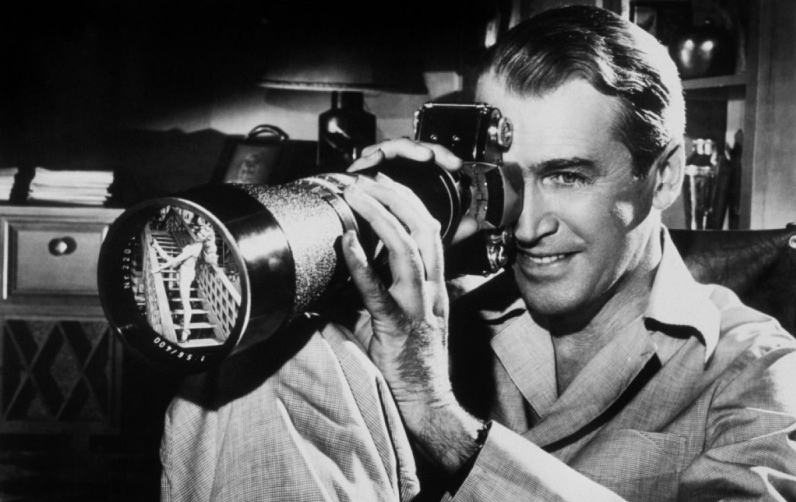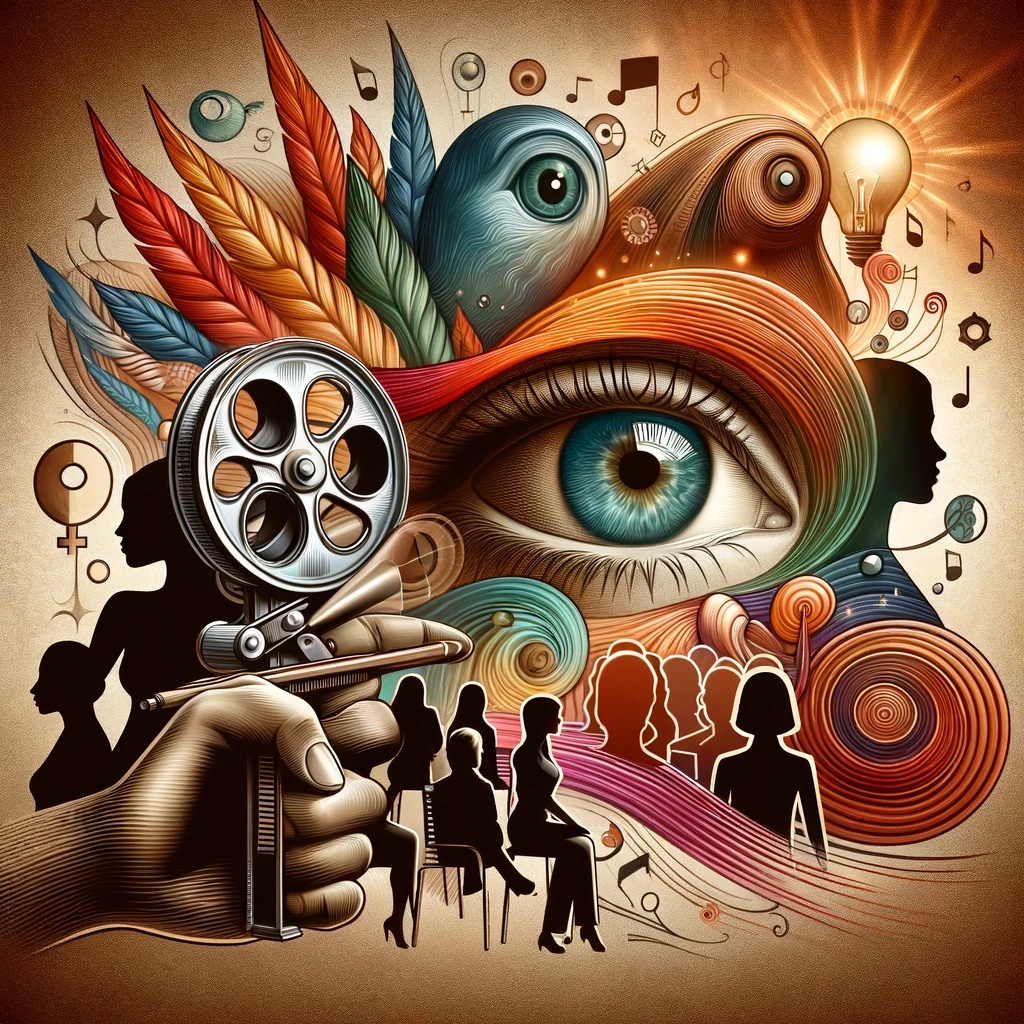
In our daily lives, whether on the screen of a film or in an advertisement on the street, it actually subconsciously influencesour view of the world. This is the male gaze. It shows women in a particular light, and that is the male perspective.
Film theorist Laura Mulvey pointed out in 1975 the characteristics of cinematography based on the male perspective – ‘the male gaze. Emerson said, “Perception is not whimsical, but fatal”. This is an apt description of cinema. Cinema is never just a spur-of-the-moment idea or whimsical amusement; it affects people on the most profound level, silently.Take sexism for example, many people are now aware of the sexist elements in the dialogue and plotting of characters in films, but few realise that the visual language of films contains gender-differentiated power relations. For example, when we watch a film. The camera’s lens will only focus on the female protagonist’s looks and body, without exploring her inner world or personal experiences. This kind of expression is typical of defining women through a male perspective, and women become a commodity and a viewing object, not a subject with her own inner core.

However, this phenomenon is not limited to the silver screen. There is a saying that cinema is a man’s world. Women suffer from severe employment discrimination in Hollywood.This was not the case in the early days of cinema. Looking back in history, there used to be a lot of female directors working in the fledgling industry in the early silent era of cinema. But when talkies began to develop, the Wall Street finance industry began to get its hands on the film industry because of the huge demand for their financing, and so the Wall Street male culture began to take root in Hollywood. Women were forced out of the industry, and in the forty years that followed, only two female directors made feature films. In American film schools, the ratio of male to female students is about equal, roughly 50:50; but by the time they graduate, the number of jobs for women in the film industry drops dramatically. If film is a work of art for its creators, then male directors and cameramen will naturally show the “male gaze” in their films; when there are more and more female directors and cameramen, more and more films with the “female gaze” will be produced. So the issue is not just about the visible image or who is behind the camera, but about the power of men at the top of the industry behind the disparity in the ratio of men to women. They get to decide what films get the resources and distribution, or they are the source of the real ‘male gaze’. Â

But fortunately, with the rise of feminism and social awareness, we are beginning to witness a change. Â Â More and more film and art are breaking away from this bad tradition and presenting women in a more realistic and holistic way. Â Â Each of us is a key point in this change. Â Â Let’s work together to break down outdated notions of gender and fight for a more equal and diverse future.

The inclusion of Emerson’s quote, “Perception is not whimsical, but fatal,” adds a philosophical dimension, emphasising the profound impact that cinema has on individuals and society. This choice of quote reinforces the idea that the male gaze is not a trivial matter but a powerful force that subtly shapes cultural attitudes and norms. Your comment brings a comprehensive examination of the male gaze, connecting theory with real-world industry dynamics. It not only raises awareness of the issue but also prompts readers to reflect on the broader implications and potential avenues for change.
The opening of the article is an interesting reference to the Emerson quote and brings one into your topic nicely. Later on you talk about sexism in the visual representation of movies, which I thought was an interesting entry point. I happened to see a video a while back about the difference in the way movies are shot between male and female actors. The video emphasized that when a female actor is shown, it’s mostly in terms of what they’re wearing, such as shoes, feet, or a nice side or back view, but when a male actor is shown, it’s mostly in terms of the plot to show that he’s a very capable person or a sophisticated man, etc. As well, many movies that don’t have enough of a female lead to look as strong as she is always end up relying on a stronger man to accomplish their goals or are always uncomfortably affected by a man.
In the past, women always seemed to be in a weak position in the society and suffered from some unequal discrimination, but now, women are gradually becoming stronger and their status is gradually improving